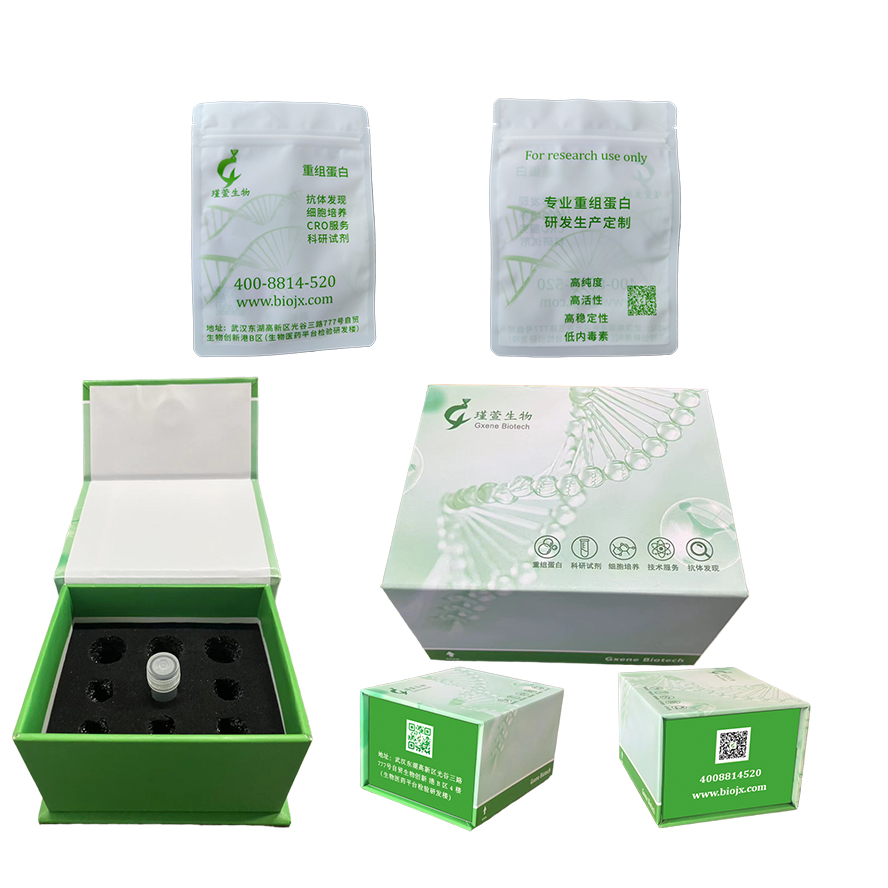


研究方向
CEACAM1 蛋白参与多种生物过程。它在胰岛素刺激下被胰岛素受体(INSR)磷酸化,从而促进胰岛素清除并调节肝脏脂肪生成。SF3R基因参与多种生物过程和功能。它通过促进胰岛素的清除和调节肝脏中的脂肪生成来调节胰岛素的作用。在胰岛素刺激下,SF3R 会被胰岛素受体 (INSR) 磷酸化,导致胰岛素内吞作用和降解增加。这导致脂肪酸合成减少。SF3R 还通过与 SHC1 相互作用,在下调细胞增殖中发挥作用,从而减少 SHC1 与 MAPK3/ERK1-MAPK1/ERK2 和磷脂酰肌醇 3-激酶途径的偶联。
The secreted recombinant human CEACAM1 comprises 405amino acids with a molecular weight of 45 kDa. The apparent molecular mass of recombinant human CEACAM1 is about 65-85 kDa in SDS-PAGE under reducing conditions due to glycosylation.Carcinoembryonic antigen-related cell adhesion molecule 1 (CEACAM1) is also known as Biliary glycoprotein 1 (BGP1), CD66a belonging to the immunoglobulin superfamily or CEA family. CEACAM1 /CD66a contains three Ig-like C2-type (immunoglobulin-like) domains and one Ig-like V-type (immunoglobulin-like) domain. CEACAM1 is a surface glycoprotein expressed on various blood cells, epithelial cells, and vascular cells and was described as an adhesion molecule mediating cell adhesion via both homophilic and heterophilic manners, and was detected on leukocytes, epithelia, and endothelia.The carcinoembryonic-antigen-related cell-adhesion molecule (CEACAM) family of proteins has been implicated in various intercellular-adhesion and intracellular-signalling-mediated effects that govern the growth and differentiation of normal and cancerous cells. Studies have revealed that CEACAM1 performs actions in multiple cellular processes including tissue differentiation, angiogenesis, apoptosis, metastasis, as well as the modulation of innate and adaptive immune responses.